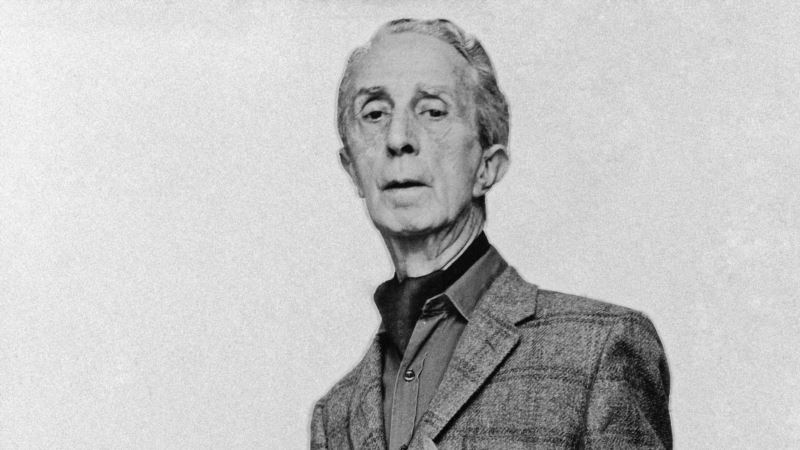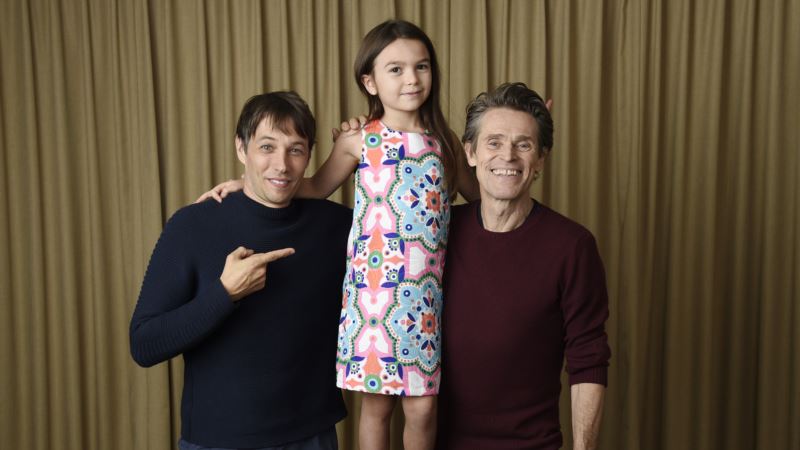They’ve got names like Black Panther, Deathstroke, and The Unbeatable Squirrel Girl — superheroes in some of today’s most popular comic books. “There’s also been a lot of excitement over recent movies like Batman and Suicide Squad,” said Brandon Zuern, manager of Austin Books & Comics in Austin, Texas. "People want to know more about them, so just having these characters in public view helps sell the comics.” Comic book sales have steadily increased over the past five years, as Americans have been watching new TV programs featuring comic book characters and movies like the “Avengers,” the series of films based on a Marvel Comics superhero team. In fact, June was the best-selling month for comics in two decades; retailers bought 8.5 million copies of the top 300 comics. Until the 1970s, most comic books were found in grocery stores, newsstands, and toy stores, marketed to kids, especially boys, to take home and read. Then, with direct marketing of comic books, brick-and-mortar shops cropped up and prospered, like Heroes Aren’t Hard to Find, in Charlotte, North Carolina, and Austin Books & Comics. More recently, retailers began selling on the Internet. “Today’s clients are mostly adults in their 20s and 30s, about 60 percent men and 40 percent women,” said Zuern. “Comics have come a long way since I was going to comic shops when I was young," he added. "Now comics are in movies costing millions of dollars.” Hollywood has released more than 30 superhero movies over the past five years, and there are more to come. But Shelton Drum, owner of Heroes Aren’t Hard to Find, says that people who are into the films aren’t necessarily buying the comic books. He and Holly Interlandi, buyer for the largest comic book store on the west coast, Meltdown Comics in Los Angeles, attribute the recent rise in sales to DC Comics “rebirth” series. “Starting in May, DC Comics relauched their entire line of comic books and there was a really great response to it, with a return of classics like Batman, Superwoman, and Wonder Woman,” Interlandi said. Although most customers are still coming into the store, she said, others are buying comic books digitally from Meltdown Comics. But she said they aren’t reading them online “because they like to have them in their hands, and see the gorgeous art,” she explained. Drum and Zuern said they don’t focus on internet business, but rather on people who walk into their stores. Austin Books & Comics' huge 557 square meter store and off-site warehouse contain at least a million comic books, Zuern said. He said comic book publishers are trying to “appeal to a diverse public.” He points to “super cool superhero females” like Ms. Marvel, a Muslim Pakistani-American teenager, who came out of the Avengers series. Another is the Unbeatable Squirrel Girl, a college student, who can talk to squirrels and often tries to fight crime using non-violent means. With new releases this year, Zuern said the Black Panther, an African leader of the fictional country, Wankanda, is very popular. Two African-Americans, a magazine writer and a famous comic book artist, put together the series. “The Black Panther has wide appeal, but it certainly brings in more African-Americans,” said Zuern. As long as there are comic book enthusiasts, Zuern hopes the upswing in sales will continue. “Comics are all about keeping readers hooked,” he explained. "The end of every issue leads into the next issue, so you want to see what happens next.”
Comic Books Surge in Popularity with New Wave of Superheroes






